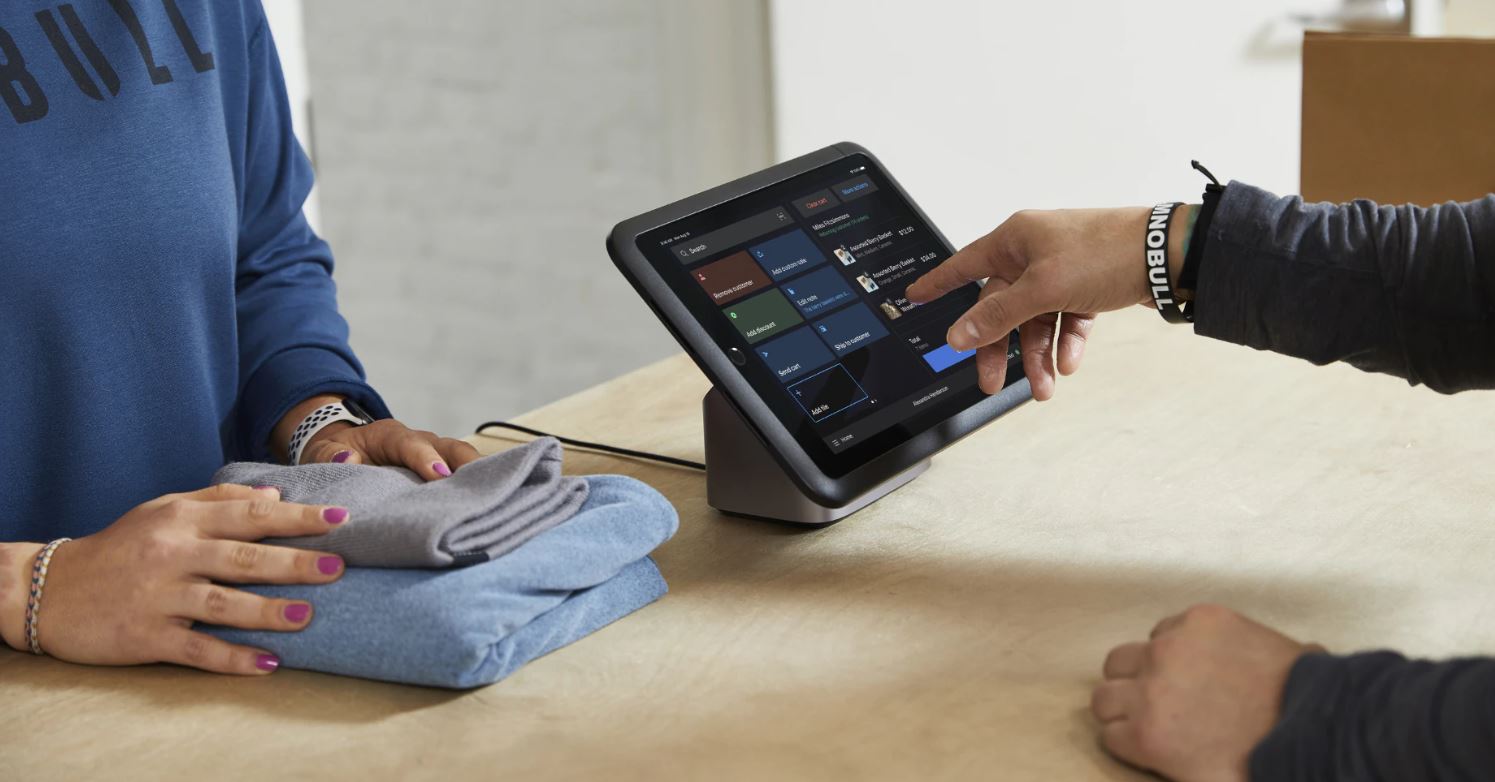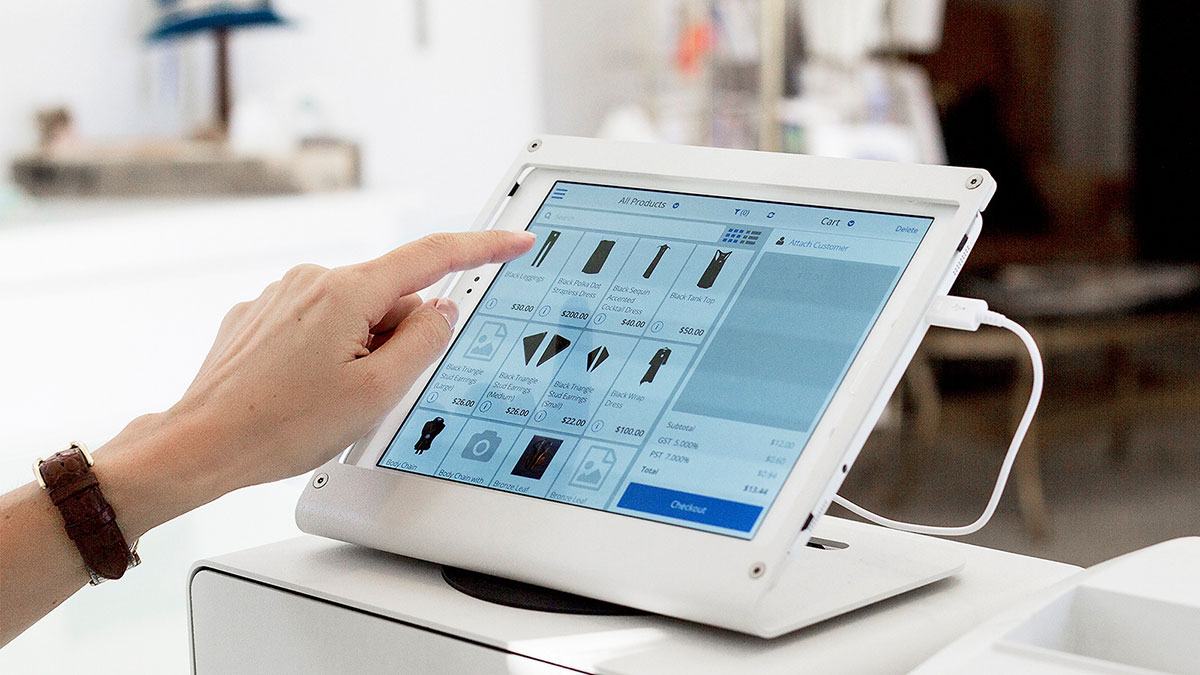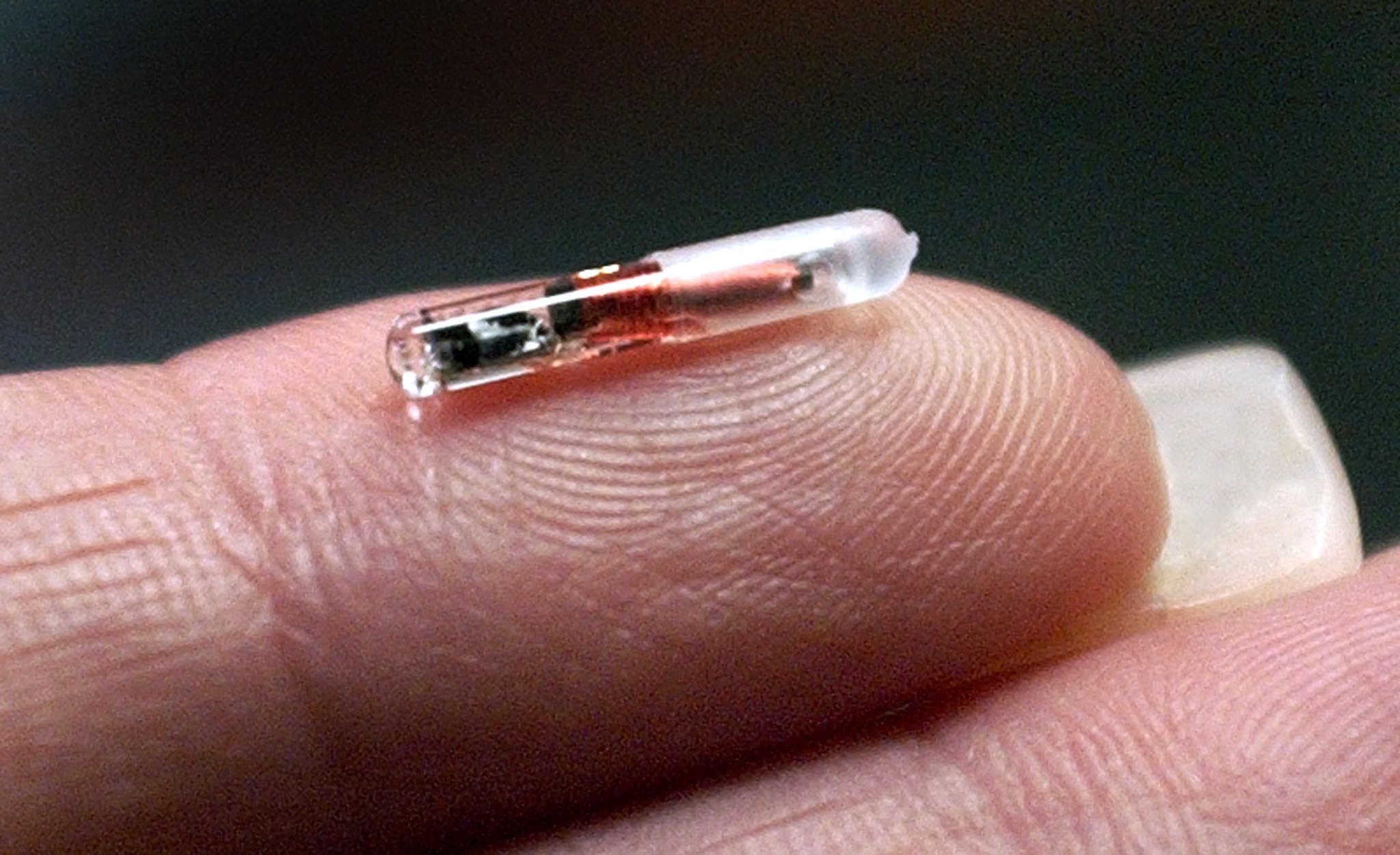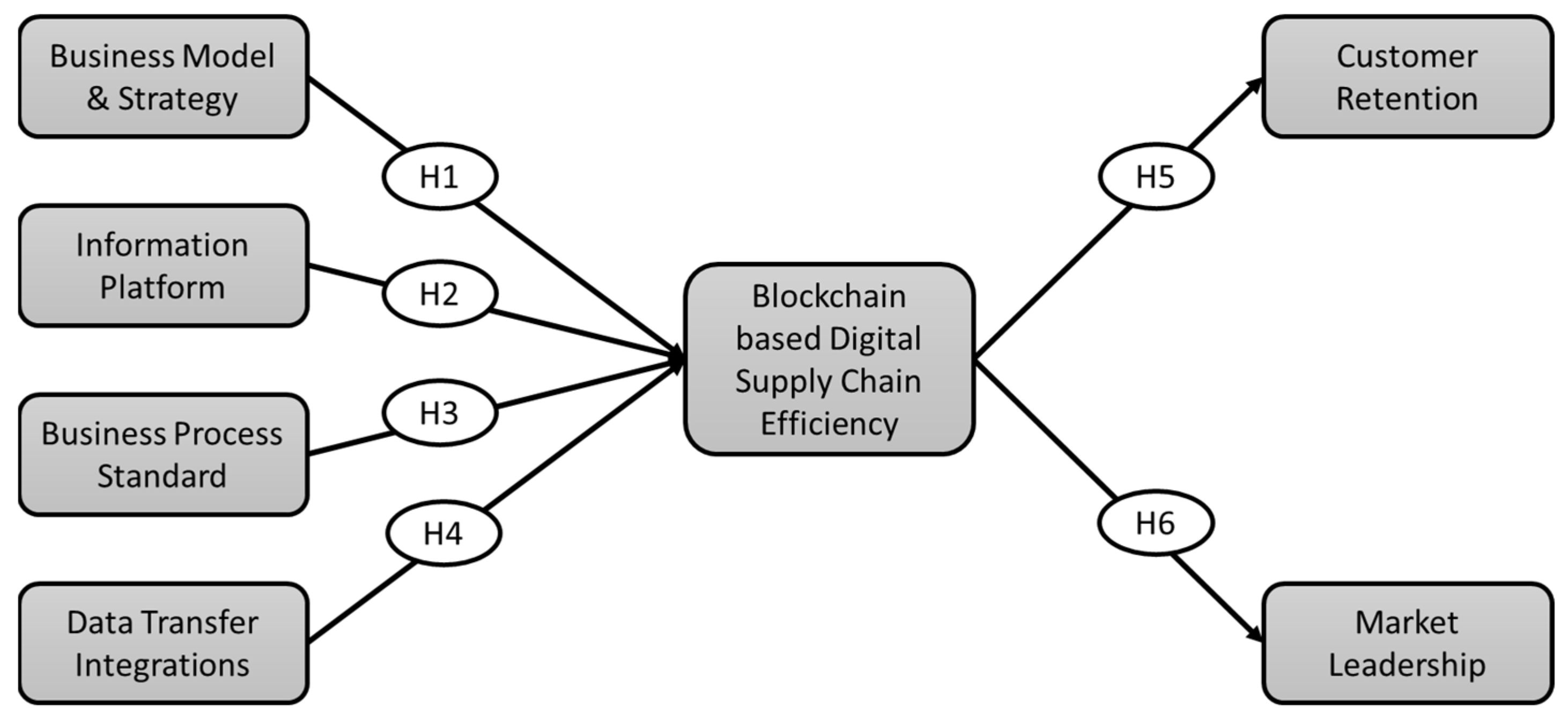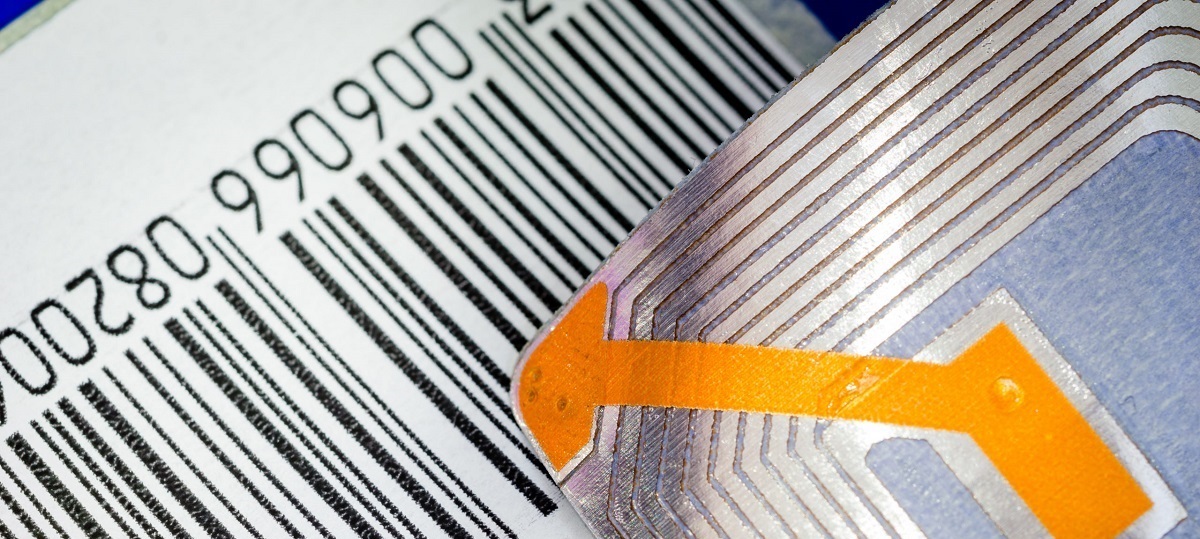Modern manufacturing is always changing, and accuracy and productivity are crucial. This means that sophisticated inventory management systems are needed now more than ever. The days of manually taking stock and estimating production are over thanks to technology advancements like serial number tracking. Rather, artificial intelligence (AI), robotics, and cutting-edge software are revolutionizing modern manufacturing and inventory management. This confluence of technological innovations is not only optimizing processes but also establishing new benchmarks for precision, dependability, and expandability within the sector.
The Importance of Serial Number Tracking in Inventory Management
At the core of this transformation is serial number tracking, a feature that has become indispensable in modern inventory management systems. This functionality allows businesses to follow the journey of each product from production through to sale, offering invaluable insights into stock levels, product locations, and lifecycle stages. By embedding serial number tracking in the middle of advanced tech applications, manufacturers can significantly enhance traceability, reduce losses from mismanagement, and improve accountability at every stage of the supply chain. The real-life implications are vast, ranging from minimizing recalls to ensuring compliance with industry regulations.
In a world where consumer demands for transparency and quality are skyrocketing, serial number tracking within inventory management systems has become a non-negotiable feature for most industries. This methodical tracking system bolsters confidence in the integrity of the supply chain, allowing for a detailed product genealogy that aids in effectively managing warranty claims, service management, and part replacements with pinpoint accuracy. As a result, not just manufacturers and distributors, but the end consumers too, benefit from the layers of clarity and trust this technology injects into the marketplace.
Leveraging Robotics and AI for Unparalleled Efficiency
Artificial intelligence and robotics are going to change inventory management. These technologies make it possible to automate repetitive tasks like sorting and packaging, and their advantages are increased when paired with serial number tracking systems. Robots that can scan inventory can be used to track it automatically as it enters and exits warehouses, ensuring data accuracy and updating systems in real-time. In the meantime, AI systems examine patterns in serial number data to forecast supply requirements, spot possible problems before they happen and even recommend changes to production plans. Technology and strategic inventory management work together to build a highly effective system that is resistant to errors and flexible enough to change with the demands of the business.
The combination of AI and robotics in inventory management signals a dramatic change toward a far more dynamic business environment. Through the utilization of AI’s predictive capabilities in conjunction with robots’ unwavering precision and unceasing work ethic, organizations are not only streamlining intricate processes but also propelling their operational efficiency to previously unimaginable heights. The convergence of these technologies heralds the arrival of highly responsive inventory ecosystems capable of both adapting proactively to consumer trends and balancing dynamic market demands.
Case Studies: Success Stories of Integration in Action
Several businesses have already reaped the rewards of integrating robotics, AI, and serial number tracking into their operations. For example, a prominent electronics manufacturer recently adopted a system that combines these technologies, resulting in a 30% reduction in inventory discrepancies and a 50% decrease in time spent on stock management tasks. Another success story comes from a leading automotive company, which implemented an AI-powered platform with serial number tracking capabilities, vastly improving the accuracy of its demand forecasting and reducing overstock by 25%. These cases highlight the tangible benefits that come from embracing modern inventory management solutions.
Within the manufacturing sector, companies that have pioneered the integration of AI, robotics, and serial number tracking are setting new benchmarks for industry excellence. These trailblazers are offering a blueprint for success, demonstrating how the harmonious interaction between advanced software and machinery can lead to substantial gains in logistical proficiency and product management. Moreover, their stories serve as compelling evidence to undecided enterprises about the scalability and competitiveness that such technological integration can unlock even in the face of a rapidly changing economic landscape.
Overcoming Challenges and Looking to the Future
While the advantages are clear, the journey to incorporate these advanced systems is not without its challenges. Companies often face hurdles such as high initial investment costs, the need for employee training, and the integration of new technologies with existing systems. However, the long-term benefits, including cost savings, increased productivity, and improved customer satisfaction, far outweigh these challenges. As businesses continue to navigate the complexities of modern manufacturing and inventory management, the role of serial number tracking in conjunction with robotics and AI will only grow in importance, heralding a new era of efficiency and innovation in the industry.
Final Thoughts
The combination of robotics, AI, and serial number tracking is not merely a fad; rather, it represents a fundamental change in how companies handle inventory management. Businesses can attain previously unheard-of levels of operational efficiency and precision by fusing the meticulous control offered by serial number monitoring with the speed and intelligence of robotics and artificial intelligence. Production and inventory management have enormous room for expansion and optimization in the future. Who leads the next round of industrial innovators will depend on how well these technologies are adopted.








